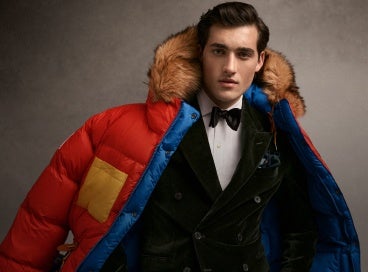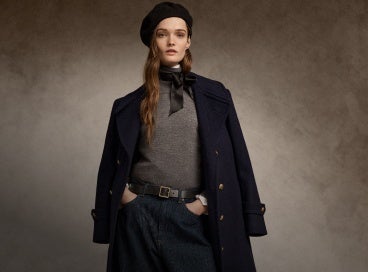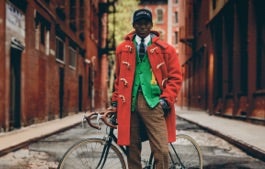
A crested blazer, a crisp button-down shirt, chinos or a pleated skirt, worn day after day: That’s the simple, standard school uniform. The outfit would fit in just as well on The Harker School campus, in San Jose, California, as it would at Phillips Exeter Academy, in Exeter, New Hampshire, or The Spence School, in New York City.
The academic uniform has been around since at least the 1500s, when an early version of the navy blazer, which was longer but still had those telltale metal buttons, was worn at English charity schools. At the time, London’s well-off provided the poorest students with suitable clothes for their studies. The uniforms became known as “blue coats” and to this day, children attending Christ’s Hospital school, which claims to be the first educational institute to implement uniforms, wear a very similar style.

Legendary Eton College, in England, with its nearly-six-century history, has used wardrobe to level the playing field among its student body, which traditionally includes a mix of aristocracy with lower- and middle-class students. The school’s distinctive white-collar tie-and-tail suit set the standard for private school uniforms and inspired American designs, says Valerie Steele, director and chief curator of The Museum at the Fashion Institute of Technology in New York. Because, she adds, if you’re going to base your uniform after one school’s, it might as well be the ones worn at Eton, the stomping ground of royalty and future prime ministers.
It’s been said that creativity flourishes within limits, and kids have been pushing against the strictures of school dress codes for generations, making subtle tweaks to express their personal style. In the early 20th century, Steele says, it was common for boys to loosen their ties or wear a rumpled shirt (out of convenience as well as rebellion), and as fashion took a more feminist turn in the 1960s, girls were rolling the waistbands of their skirts to achieve the shortest hemline they could get by a headmistress.
“Before the 1960s, you’d see kids who didn’t have to wear uniforms in a uniform of sorts—the boys wore jackets, and girls wore stockings and pearl necklaces, especially at colleges,” says Steele. “But then came the giant divergence between youth styles and adult styles,” with the younger generation bucking the dress codes of their elders.Birnbach has also seen a mini revival of the Goth look, initially popularized at prep schools back in the ’80s, with girls pairing distressed leggings with their plaid skirts and maybe even throwing on a pair of combat or biker boots. It’s a look Birnbach prefers to the sight of girls shivering bare-legged in a pair of shearling boots—though above all she’s partial to knee socks, which she considers the defining piece of the girls’ school uniform.
“A plaid skirt, a little button-down, a shirtwaist dress—they turn up all the time on the runway,” Steele says. “It reads as youth, and that goes for both menswear and womenswear.”

- PHOTOGRAPH BY DAVID LEVENSON
- PHOTOGRAPH BY ALAIN LE GARSMEUR
- PHOTOGRAPH BY MATT JONES







